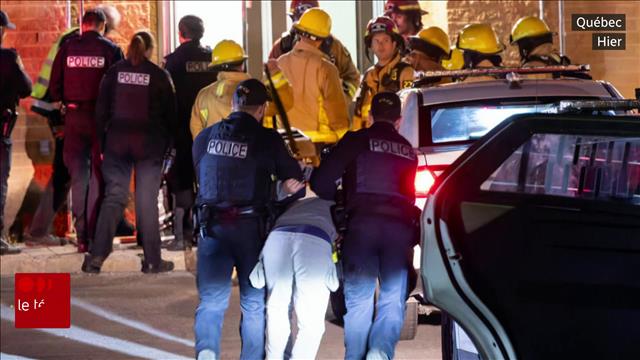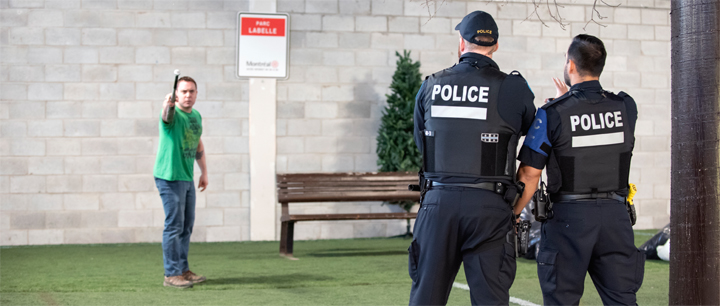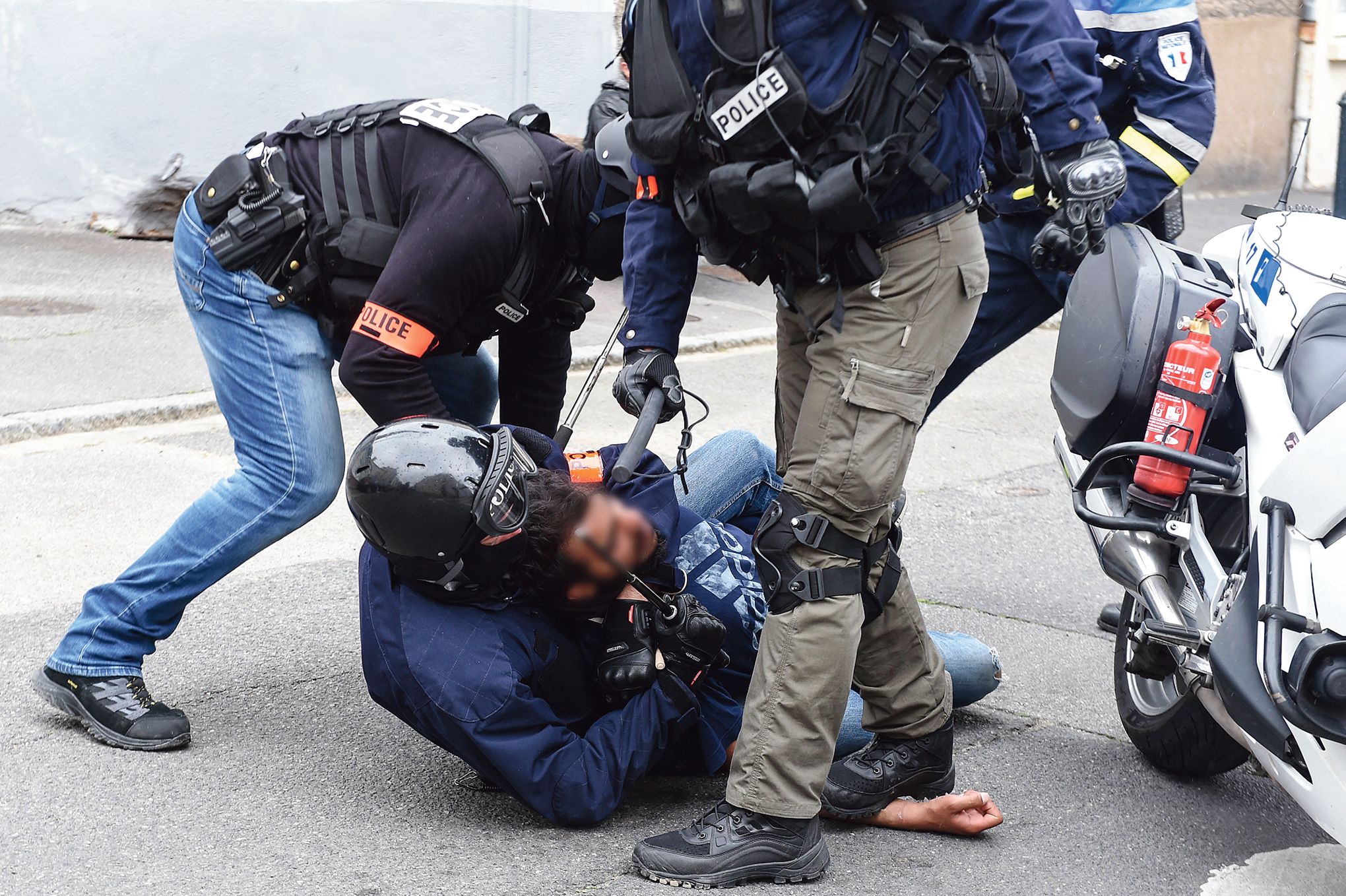Police interventions: Understanding the challenges and challenges
Police interventions are at the heart of the maintenance of law and order and public security. They can range from a simple questioning to complex operations involving multiple agents and specialized units. Understanding the dynamics of these interventions is essential to better understand the work of law enforcement and the impact of their actions on society.
Types of police interventions
The police force must intervene in a wide variety of situations. Among the most common interventions are:

Interpellation and routine checks: These interventions involve identity checks, roadside checks and other interactions with the public. They are often perceived as innocuous but can degenerate if a person refuses to cooperate. Interventions in cases of disturbance of public order: During demonstrations, riots or unauthorized gatherings, the security forces must ensure the safety of citizens while maintaining the order.
Interventions in situations of domestic violence: These interventions are particularly sensitive, as they involve emotional tensions and an increased risk for victims and agents.

Arrests and criminal prosecutions: When a suspect is to be apprehended, police officers must exercise tactics and caution, especially in high-risk situations. Arrests and criminal prosecutions: When a suspect is to be apprehended, police officers must exercise tactics and caution, especially in high-risk situations. Hostage and negotiation: These interventions require the intervention of specialized units, such as tactical teams and crisis negotiators. Counter-terrorism and anti-organized crime operations: These missions require a high level of planning and coordination between different agencies.
Use of force

One of the most sensitive aspects of police intervention is the use of force. The police are trained to use a force proportional to the threat encountered, but each situation is unique. Mistakes of assessment can have dramatic consequences, including injuries or loss of life.
Public perception and trust in the police

Police interventions are often scrutinized by citizens and the media. Burning or abuse can erode public confidence in law enforcement. Excessive use of force, racial profiling and miscarriages of justice are factors that fuel distrust some communities.
Management of stress and trauma
Police officers face stressful and potentially traumatic situations on a daily basis. Interventions in cases of violence, serious accidents or crime scenes can leave significant psychological after-effects.
Training and adaptation to new threats
Criminals and terrorists adapt their methods, forcing law enforcement to continue training to remain effective. The use of technology, cybercrime and radicalisation are contemporary challenges that require increased vigilance.
The evolution of police interventions
The evolution of technology and equipment has profoundly changed the way in which law enforcement agencies intervened. The use of body cameras: These devices make it possible to document interventions and provide proof in the event of a dispute. They help to improve the transparency and accountability of staff. New methods of de-escalation: Training in negotiation and communication is increasingly favoured in order to avoid the escalation of conflicts.

Integration of drones and advanced technologies: Drones and artificial intelligence allow more effective monitoring and planning of interventions.
Collaboration with social actors: Some interventions require the involvement of social workers or mental health professionals in order to better manage sensitive situations.
Conclusion
Police interventions are a crucial element in the maintenance of law and order and public security. They require a variety of skills, continuous training and a high level of adaptability. If the police face many challenges, they must also strive to build public confidence by adopting transparent practices that respect citizens’ rights. Changing methods and technologies are likely to improve the effectiveness of interventions while reducing risks for all parties involved.

